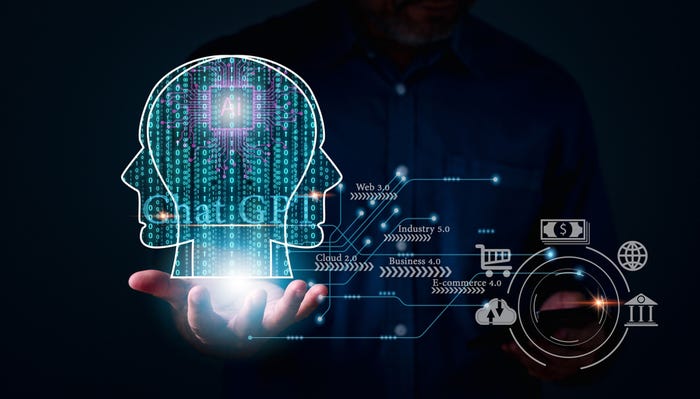ChatGPT can make it easier to become a cybercriminal.

There’s quite the growing buzz around ChatGPT, a chatbot launched by OpenAI last November. But there are also growing concerns about cybersecurity.
It leverages natural language processing (NLP) to analyze verbal input and generate responses, imitating a natural human conversation. It can write anything — letters, song lyrics, research papers, recipes, therapy sessions, poems, essays, outlines, even software code.
This week, OpenText and Microsoft announced an extension of their partnership
“This multi-year, multi-billion dollar investment from Microsoft follows their previous investments in 2019 and 2021, and will allow us to continue our independent research and develop artificial intelligence (AI) that is increasingly safe, useful and powerful,” OpenAI said in a blog.
Growing ChatGPT Cybersecurity Concerns
However, there’s increasing concern about cyber threats that will be associated with ChatGPT. Cybercriminals can weaponize ChatGPT in a growing number of ways.
To learn more about ChatGPT and cyber threats, we spoke with Daniel Spicer, Ivanti‘s chief security officer. He said “everyone should be concerned” about coming ChatGPT threats.

Ivanti’s Daniel Spicer
“Hats off to the [OpenAI] team, they’ve built a very disruptive technology and it’s going to change industries all over the place,” he said. “From an infosec perspective, our concerns are really about how it can be utilized to aid threat actors. Generative AIs are much more advantageous for threat actors and offensive security than they are for blue teams. But honestly, ChatGPT is really going to be a risk for just about everyone, even as far as threat actors that target individuals with SMS phishing or attacks of that sort. It’s going to really change our lives.”
We couldn’t reach OpenAI for comment on ChatGPT and cybersecurity.
Scroll through our slideshow above for more from Ivanti about ChatGPT and cybersecurity threats.
Want to contact the author directly about this story? Have ideas for a follow-up article? Email Edward Gately or connect with him on LinkedIn. |
About the Author(s)
You May Also Like


